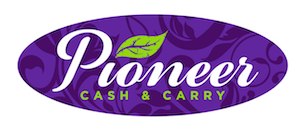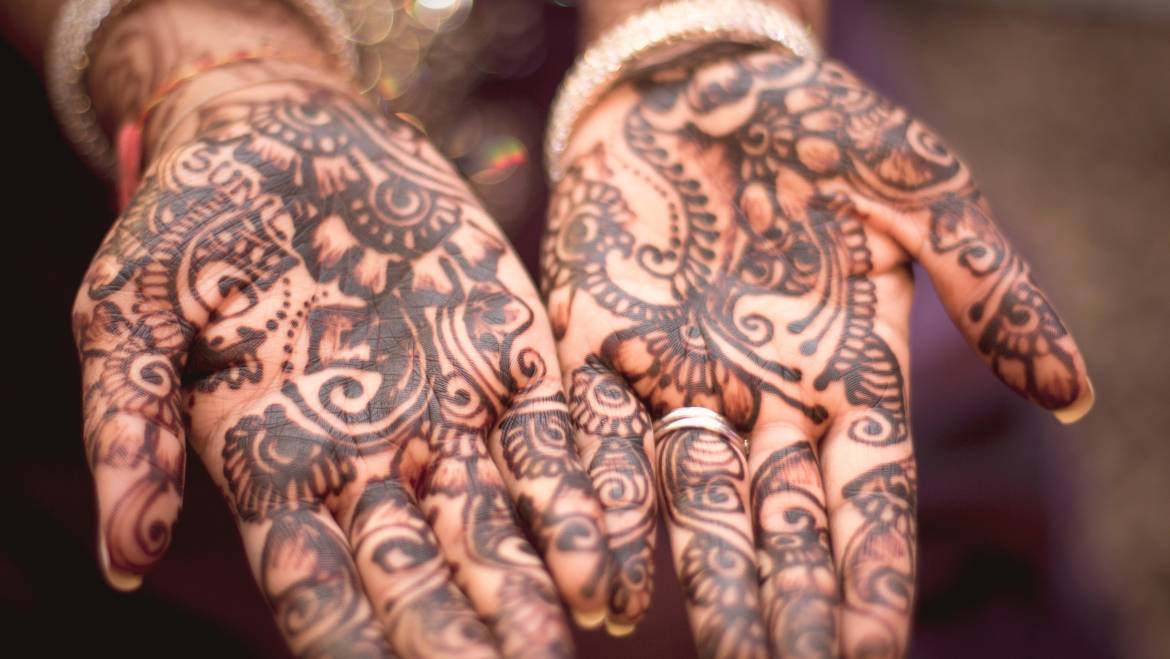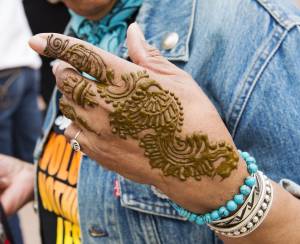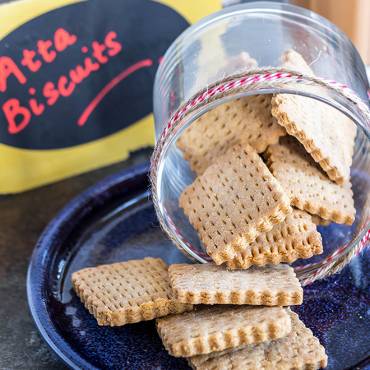We’ve all had a temporary tattoo before. Either we got one at a birthday party or soaked a wet rag in water, placing a tiny animal shaped tattoo onto our biceps to show off. But there are more kinds of temporary tattoos than the ones you get in a party bag.
Henna, also known as mehndi, is one of the oldest forms of art. You could call henna the first temporary tattoos. From wedding festivals to religious ceremonies or even for simple adornment of the body, henna is used all around the world but has been traditionally used in Indian culture.
Straight from the Root
Henna is a plant that grows in tropical climatic regions like northern Australia, southern Asia, and Africa. The leaves of these plants contain a pigment known as lawsone. When the pigment combines with proteins, like the ones in your skin, it leaves a temporary stain behind.
The staining quality is quite strong and can last for many days, but eventually wears off over time. Henna is used for body art, as well as hair dye in many cultures.
Origin of Henna
The practice of this art of mehndi can be traced back 5,000 years ago in the Middle East, India, Africa, and Pakistan. Henna was not only used for its staining properties, but it has the ability to naturally cool the body. For those in hot climates, such as the desert, they used henna to help cool them down after a long day outside.
As long as the stain of mehndi mixture remains, you may feel a cool sensation. As the henna starts to try and fade it leaves a stain on the skin. After realizing that the stain lasted for many days, people began to use it for various forms of body art.
Henna in Ancient Egypt
Henna was used during the time of ancient Egyptians. When it came to preserve bodies, they used henna to draw designs on their loved ones they laid to rest. There have been many documents that state that Cleopatra herself used henna to decorate her own body during these times.
Although many people used henna during these times, it was not known as a popular adornment for the rich. It was also used by the poor to create designs on their body, as they could not afford to buy jewelry for themselves.
Henna & Healing
Henna is mainly an herb that was first known for its amazing healing qualities. In ancient times, the leaves of the henna plant were made into a paste which was then applied on injuries to the skin.
It was considered to be one of the best ways to relieve stomach pain, headaches, burns, open wounds, and more. It was used for reducing fever, as well as for prevention of the hair loss. Not only did it help with injuries and sickness, but it was an effective sunblock for those who spent many hours outside.
 Today’s Use Of Henna
Today’s Use Of Henna
The henna which was used more than 5,000 years ago, maintains its existence today. People from all over the world use this ancient tradition to adorn and beautify their bodies. Most often it is a cultural tradition used for wedding occasions.
In Indian, on the Mehndi Night of a wedding occasion, the bride is decorated with mehndi. Even in some holy festivals like Teej, Karvachauth Gangaur, and Eid, women and girls apply mehndi on their hands. It is considered to be one of the auspicious rituals for the women in the Eastern side of the world.
Even though henna began in the East, it has become quite popular in the Western part of the world, too. Since the 1990s, it has grown in popularity and you have probably seen many celebrities like Gwen Stefani, Liv Tyler, Madonna, Yasmine Bleeth, and more who have been seen with henna tattoos.
Henna Lives On
As we know, many traditions fall to the wayside as the years go by. But henna has stayed alive for thousands of years and is becoming popular far and wide across the world. You can probably find someone in your local area who offers henna services right down the road, but in many cultures it is still a sacred way to express yourself.
Try Henna and More at Pioneer!
Still curious about India’s culture, but don’t think henna is for you? Try visiting your local Indian grocery store to find a little slice of India you can take home with you. Pioneer Cash & Carry has everything you need from spices, frozen foods, and a bakery. Come see us today and let us help you find the best parts of India!
Want to Know More about Indian Culture & Traditions?
Read more about India’s food, culture, and traditions on the blog:



